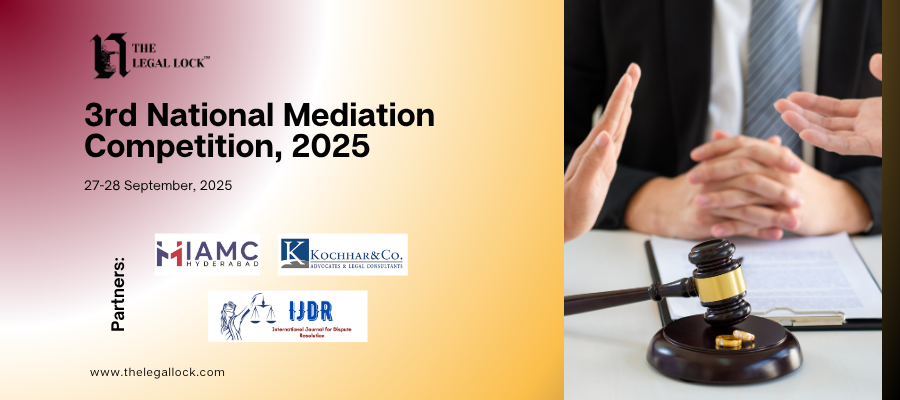A brief on Doctrine of Separate Legal Entity

Introduction
The Doctrine of Separate Legal Entity is a principle that allows a corporation to be considered a “legal person.” It establishes the firm as a separate legal entity from its owner. It indicates that the owner and the corporation are two separate legal entities that can be held separately responsible for the violation. According to the doctrine, the corporation and the person who owns the business, the corporation has its duties, legal rights, and presence that are distinct from the person who owns the company. The firm must be properly incorporated and registered to be referred to as a Separate Legal Entity.
If the business is legally incorporated, it will have a separate legal existence from its-
- Directors- Because they oversee how the firm operates.
- Members of the company– They are the company’s true owners.
- Shareholders- They have purchased the company’s stock.
Significance of the Doctrine
As the firm is distinct from its owner, there must be a concept of Separate Legal Entities existent in the current scenario. The most essential argument is that the corporation is liable for any offense, not its owner, shareholders, or directors. The corporation should be held accountable for the violation it perpetrated. Because a corporation is a free and distinct legal entity, the business’s founders are solely accountable to the extent of their engagement in the company.
This means that the company’s stockholders are not completely liable for any commercial debts, and lenders cannot seek their personal property for the financial obligation. Similarly, investors must pay taxes on any earnings distributed to them as a result of the company’s profits.
These benefits of the shareholders are in the form of salary, gratuities, or incentives, and the firm must pay company tax on the gains or any additional profits at a reduced corporate rate. Because the business is a self-contained entity comprised of members, directors, and shareholders, it does not dissolve when one of the members or anybody resigns. If any investor, i.e., a shareholder, dies, the corporation may transfer its shareholdings in the same manner as any other asset, and the firm is not harmed.
Predictive Validity of the Doctrine of Separate Legal Entity
The Doctrine was first utilized in the case of Salomon v Salomon & Co. Ltd. In this instance, Mr. Salomon formed a corporation under the Companies Act of 1862. He and his family joined the company’s board of directors. People could subscribe to the company’s shares, which numbered 20007 in total. Salomon subscribed to the 20001 shares, while his family subscribed to the 7 remaining shares.
Each share had a monetary value of £1. He was appointed as the company’s managing director. After a while, the firm went into liquidation, indicating financial difficulties. There was a regulation that if a firm went bankrupt, the secured creditors would be paid first, and any remaining funds would be distributed to the unsecured creditors. The assets that were to be dispersed totalled £6000.
Salomon, the company’s secured creditor, was supposed to get £10000, but there were only £6000. Because they were unsecured creditors, the surviving stockholders would get no money. In court, the unsecured creditors contended that Mr. Salomon should not be paid first since he and the firm were the same and Mr. Salomon’s company did not have a separate legal existence thus, he cannot claim the asset because he is the company’s director.
The House of Lords, on the other hand, had a different judgment. They adhered to the regulations that said that the creditor should be paid first. According to the court’s decision, the firm is separate and entirely different from the person who controls it. The firm exists on its own. The court ruled in favour of Mr. Salomon and used the Doctrine of Separate Legal Entity, which holds that Mr. Salomon and the firm Salomon & Co. Ltd. are two distinct entities.
Misapplication of the Doctrine and Lifting of the Corporate Veil
It is an exception to the Separate Legal Entity Doctrine since the Doctrine may be abused and the business members cannot be trusted implicitly because they can commit perjury while still gaining money. To keep members from committing crimes or engaging in unlawful activities in the name of the firm.
If the idea does not exist, the company’s members will attempt to use the Doctrine, and the court will be forced to provide the benefit to members who claim the Doctrine of Separate Legal Entity as protection. As a result, the notion of removing the corporate veil was too important as the concept of a Separate Legal Entity.
There are instances in which the idea of a separate body might be considered arbitrary, and courts can issue decisions rejecting the concept of a Separate Legal Entity for a variety of reasons. In order to meet the individual behind the veil and uncover the actual core of the company, the court also issues judgments against the idea of a Separate Legal Entity.
To determine whether to disregard the Separate Legal Entity Doctrine or not, columnists have frequently classified cases into many types of various categories, and no ubiquitous agreement on the number or type of classes has been formed as of yet, but there are some cases that can be differentiated as Separate classes.
Conclusion
The Doctrine of Separate Legal Entity is a good notion since it is not only the investors who do business, but also many individuals within the firm. This Doctrine is required because if a corporation commits an offence, the whole board of directors, members, and shareholders cannot be held responsible. It is assumed that a business is a separate legal entity from its individuals, and a firm after its suitable fusion via corporate law obtains a legal standing.
A corporation can do business through its delegate and experts, and any exchange performed by any individual from the company will be considered the company’s exchange, whenever done by the individual who is authorized to do so.










